Home>Gardening & Outdoor>Plant Care & Gardening Tips>What Is The White Wildflower In Texas
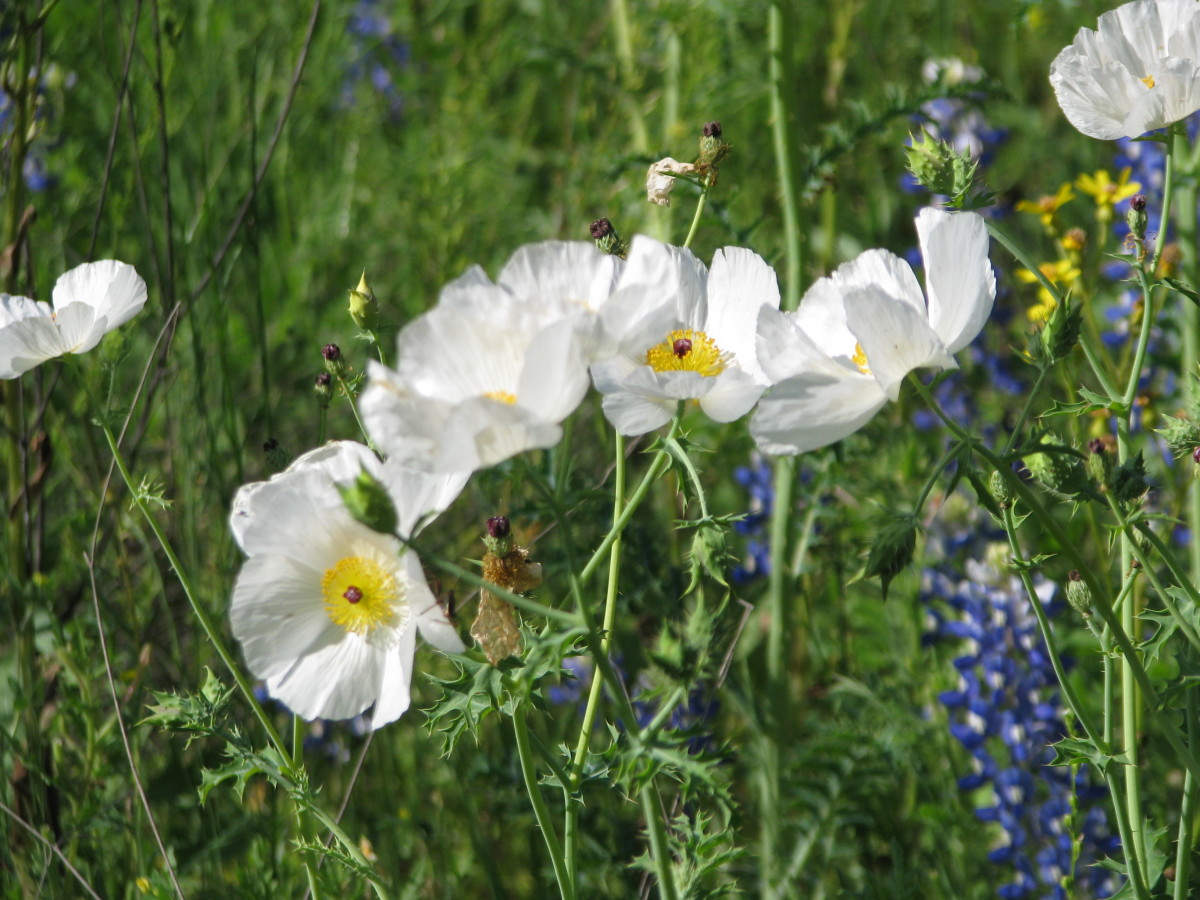

Plant Care & Gardening Tips
What Is The White Wildflower In Texas
Published: December 25, 2023
Discover the white wildflower in Texas and get expert plant care and gardening tips to nurture it in your garden. Explore everything you need to know about this beautiful plant.
(Many of the links in this article redirect to a specific reviewed product. Your purchase of these products through affiliate links helps to generate commission for Storables.com, at no extra cost. Learn more)
**
Introduction
**
Texas is home to a diverse array of wildflowers, each adding its own unique charm to the state's natural landscapes. Among these floral treasures is the enchanting white wildflower, a delicate and ethereal bloom that graces the countryside with its understated beauty. These pristine blossoms, often found adorning meadows, prairies, and woodlands, hold a special place in the hearts of nature enthusiasts and casual observers alike.
The white wildflower, with its purity and elegance, captivates the imagination and inspires a sense of tranquility. Its presence signals the arrival of spring and the promise of new beginnings, infusing the surroundings with a sense of renewal and vitality. As these blossoms sway gently in the breeze, they offer a serene reminder of the simple yet profound pleasures that nature bestows upon us.
Join me as we embark on a journey to explore the captivating world of the white wildflower. We will delve into its distinctive characteristics, discover the common species found in Texas, unravel its significance to the ecosystem, and uncover the efforts dedicated to its conservation. Through this exploration, we will gain a deeper appreciation for this remarkable wildflower and the invaluable role it plays in Texas' natural tapestry.
Key Takeaways:
- The white wildflower, found in Texas, is a delicate and diverse bloom that adds timeless beauty to the state’s natural landscapes, captivating the imagination and inspiring a sense of wonder.
- These enchanting white wildflowers play a vital role in supporting the health and vibrancy of Texas’ ecosystems, providing food for pollinators, enhancing soil stability, and enriching the region’s biodiversity.
Characteristics of the White Wildflower
The white wildflower, with its serene and delicate appearance, possesses a myriad of captivating characteristics that distinguish it from other blooms. Let’s unravel the defining traits that make this wildflower a cherished presence in Texas’ natural landscapes.
- Ethereal Beauty: The white wildflower exudes an ethereal and timeless beauty, with its pristine petals radiating a sense of purity and grace. Whether standing solitary in a meadow or clustered in a woodland glade, these blossoms evoke a sense of serenity and tranquility.
- Diversity of Forms: This enchanting wildflower exhibits a diverse range of forms, from the delicate, star-shaped blooms of the white aster to the intricate, lacy umbels of the Queen Anne’s lace. Each species showcases its unique structure, adding to the allure of the white wildflower family.
- Fragrance: While not all white wildflowers possess a discernible fragrance, some species, such as the sweet alyssum, release a subtle, sweet scent that enhances the sensory experience of encountering these blossoms in the wild.
- Adaptability: The white wildflower demonstrates remarkable adaptability, thriving in a variety of habitats, from sun-drenched prairies to shaded woodland edges. This resilience allows these blooms to flourish across diverse ecosystems, enriching the natural tapestry of Texas.
As we immerse ourselves in the enchanting world of the white wildflower, we come to appreciate the nuanced and captivating characteristics that define these blossoms. Their timeless beauty, diverse forms, and adaptability contribute to their enduring appeal and significance within Texas’ floral mosaic.
Common Species in Texas
Texas is blessed with a rich tapestry of white wildflower species, each contributing its own unique charm to the state’s natural landscapes. Let’s embark on a journey to discover some of the most prevalent white wildflowers that grace the diverse ecosystems of Texas.
- White Prickly Poppy (Argemone albiflora): This striking wildflower, adorned with delicate, crepe-like petals, thrives in the arid regions of Texas, adding a touch of elegance to the rugged landscapes with its pristine blooms.
- Texas Star (Lindheimer’s beargrass): The Texas Star, with its star-shaped, creamy white blossoms, adorns the grassy meadows and open woodlands of Texas, attracting pollinators and captivating onlookers with its understated beauty.
- White Yarrow (Achillea millefolium): The white yarrow, known for its feathery foliage and clusters of tiny, white flowers, graces the meadows and prairies of Texas, offering a delicate and intricate allure to the surrounding landscapes.
- White Prairie Aster (Symphyotrichum falcatum): This charming wildflower, with its dainty, white, daisy-like blooms, blankets the prairies and open fields of Texas, creating a picturesque scene and providing nectar for pollinators.
- Queen Anne’s Lace (Daucus carota): While often considered a weed, the delicate, lacy umbels of Queen Anne’s Lace add a touch of whimsy to the roadsides and open areas of Texas, weaving a delicate tapestry of white blooms across the landscape.
These are just a few examples of the captivating white wildflowers that call Texas home. Their presence enriches the natural splendor of the state, offering a glimpse of the diverse and enchanting flora that thrives within its borders.
By acquainting ourselves with these common species, we gain a deeper appreciation for the intricate beauty and ecological significance of the white wildflowers that grace the landscapes of Texas.
Habitat and Growing Conditions
The white wildflower, with its remarkable adaptability, thrives in a variety of habitats across Texas, enriching the diverse ecosystems with its delicate blooms. Let’s explore the habitats and growing conditions that foster the flourishing of these enchanting wildflowers.
Prairies and Meadows: Many white wildflowers, such as the white prairie aster and white yarrow, thrive in the sun-drenched expanses of Texas’ prairies and meadows. These open habitats provide ample sunlight and well-drained soils, creating ideal conditions for these blooms to flourish and paint the landscape with their pristine beauty.
Woodlands and Forest Edges: In the shaded enclaves of woodlands and forest edges, white wildflowers like the Texas star and Queen Anne’s lace find their niche. These species thrive in partial shade and well-drained soils, adding a touch of elegance to the dappled light and verdant surroundings of Texas’ woodlands.
Roadsides and Disturbed Areas: Some white wildflowers, such as the white prickly poppy, adapt to the harsh conditions of roadsides and disturbed areas, gracing these environments with their resilient blooms. Their ability to thrive in disturbed soils showcases their resilience and adds a touch of beauty to these often overlooked landscapes.
Growing Conditions: White wildflowers generally prefer well-drained soils and varying levels of sunlight, depending on the species. While some thrive in full sun, others flourish in partial shade, showcasing their adaptability to different light conditions. Additionally, these blooms are often drought-tolerant, a valuable trait in the arid regions of Texas.
By understanding the diverse habitats and growing conditions that support the proliferation of white wildflowers, we gain insight into the resilience and adaptability of these enchanting blooms. Their ability to thrive across a spectrum of environments underscores their significance in the natural tapestry of Texas.
The white wildflower commonly seen in Texas is called the Texas Star or Prairie Verbena. It blooms in the spring and can be found in open fields and along roadsides.
Importance to the Ecosystem
The white wildflower, beyond its aesthetic allure, plays a vital role in the intricate web of Texas’ ecosystems, contributing to the well-being of native flora, fauna, and the environment as a whole. Let’s unravel the significance of these enchanting blooms within the intricate tapestry of the ecosystem.
Pollinator Support: White wildflowers, with their nectar-rich blooms, serve as vital food sources for pollinators such as bees, butterflies, and hummingbirds. By providing sustenance to these essential pollinators, these blooms facilitate the pollination of other plants, contributing to the reproduction and genetic diversity of the local flora.
Soil Health and Stability: The presence of white wildflowers in various habitats contributes to soil health and stability. Their root systems help prevent erosion, stabilize soil structure, and enhance soil fertility, ultimately benefiting the surrounding vegetation and promoting ecosystem resilience.
Wildlife Habitat: These delicate blooms also provide habitat and food for a myriad of wildlife species, from insects to small mammals. The presence of white wildflowers enriches the biodiversity of the landscape, offering shelter and sustenance for a diverse array of organisms, thus fostering a balanced and thriving ecosystem.
Aesthetic and Cultural Value: The presence of white wildflowers adds to the aesthetic appeal of Texas’ natural landscapes, captivating and inspiring all who encounter them. Additionally, these blooms hold cultural significance, often featuring in art, literature, and traditional practices, enriching the cultural tapestry of the region.
By recognizing the multifaceted importance of white wildflowers to the ecosystem, we gain a deeper appreciation for their integral role in sustaining the ecological balance and contributing to the overall health and vibrancy of Texas’ natural environments.
Read more: When Is Wildflower Season In Texas
Conservation Efforts
Preserving the delicate beauty and ecological significance of white wildflowers in Texas is a shared responsibility that requires concerted conservation efforts and mindful stewardship of the natural environment. Let’s delve into the initiatives and practices aimed at safeguarding these enchanting blooms for future generations.
Habitat Preservation: Protecting the diverse habitats where white wildflowers thrive is essential for their conservation. Efforts to preserve prairies, meadows, woodlands, and other natural landscapes ensure that these blooms have the necessary environments to flourish and contribute to the overall biodiversity of the region.
Pollinator Conservation: Supporting pollinator populations, including bees, butterflies, and hummingbirds, is crucial for the continued success of white wildflowers. Creating pollinator-friendly habitats, reducing pesticide use, and raising awareness about the importance of pollinators are integral components of conservation efforts that benefit these wildflowers.
Invasive Species Management: Managing invasive plant species that threaten the native habitats of white wildflowers is vital for their preservation. By controlling the spread of invasive plants, conservationists help maintain the integrity of the ecosystems where these delicate blooms play a significant role.
Education and Outreach: Educating the public about the value of white wildflowers and the importance of preserving native flora is fundamental to conservation efforts. Outreach programs, educational initiatives, and community engagement raise awareness about the significance of these blooms and inspire collective action to protect them.
Research and Monitoring: Conducting research on white wildflower populations, their habitats, and the factors impacting their survival is essential for informed conservation strategies. Monitoring the health and abundance of these blooms provides valuable insights for targeted conservation interventions.
By actively engaging in these conservation efforts and fostering a deeper understanding of the ecological importance of white wildflowers, we can work together to ensure the continued presence and prosperity of these enchanting blooms in the natural landscapes of Texas.
Conclusion
The white wildflower, with its timeless beauty and ecological significance, weaves a delicate yet profound tapestry within the natural landscapes of Texas. As we conclude our exploration of these enchanting blooms, we are reminded of the enduring allure and vital role they play in the intricate web of the ecosystem.
From the sun-kissed prairies to the shaded woodland edges, white wildflowers grace the diverse habitats of Texas, enriching the environment with their delicate blooms and contributing to the vitality of the region’s flora and fauna. Their ethereal beauty captivates the imagination and inspires a sense of wonder, serving as a poignant reminder of the simple yet profound pleasures that nature bestows upon us.
As stewards of the natural world, it is our collective responsibility to safeguard the delicate balance that sustains these enchanting blooms. Through habitat preservation, pollinator conservation, invasive species management, education, and research, we can ensure that future generations continue to be mesmerized by the pristine allure of white wildflowers in Texas’ natural landscapes.
Let us embrace the timeless elegance of these blooms and recognize the invaluable role they play in supporting the health and vibrancy of the ecosystems they inhabit. By celebrating and protecting the white wildflowers of Texas, we honor the rich biodiversity and natural splendor of this remarkable state.
As we bid farewell to this exploration, may the enchanting presence of white wildflowers continue to inspire awe and reverence, serving as a poignant symbol of the enduring beauty and resilience of the natural world.
Frequently Asked Questions about What Is The White Wildflower In Texas
Was this page helpful?
At Storables.com, we guarantee accurate and reliable information. Our content, validated by Expert Board Contributors, is crafted following stringent Editorial Policies. We're committed to providing you with well-researched, expert-backed insights for all your informational needs.
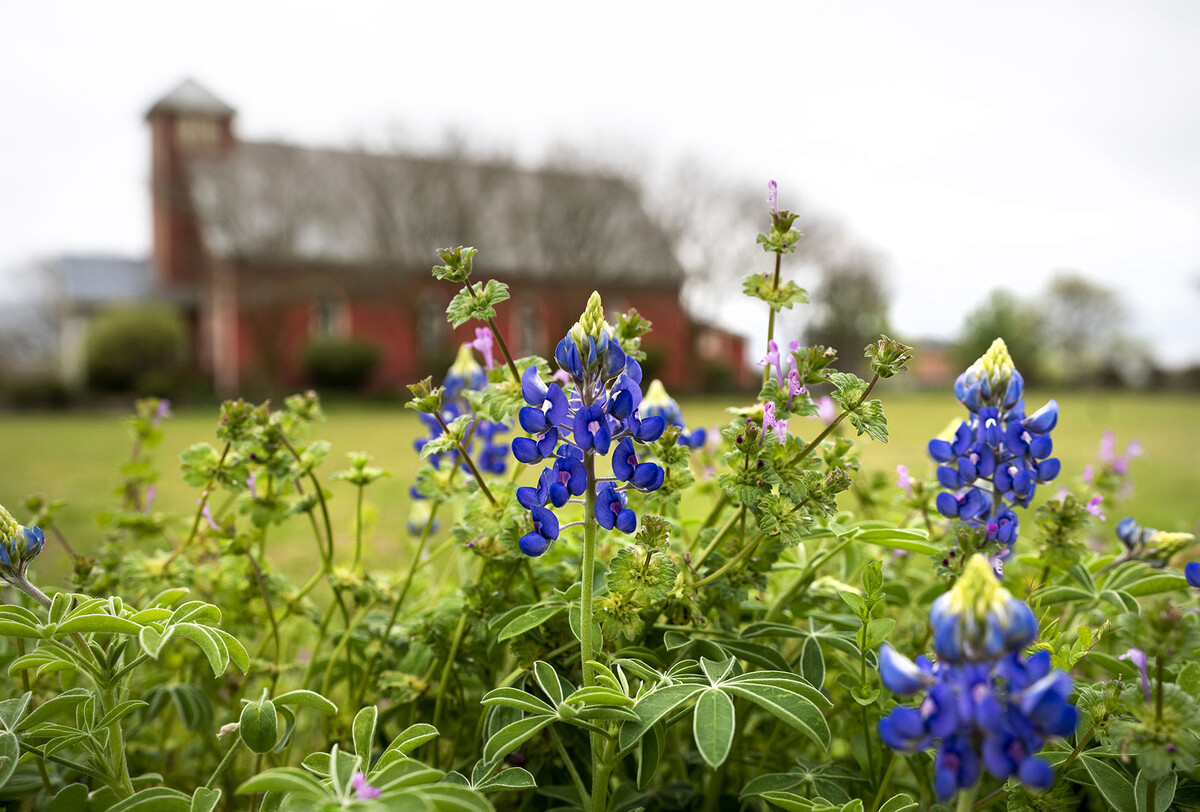


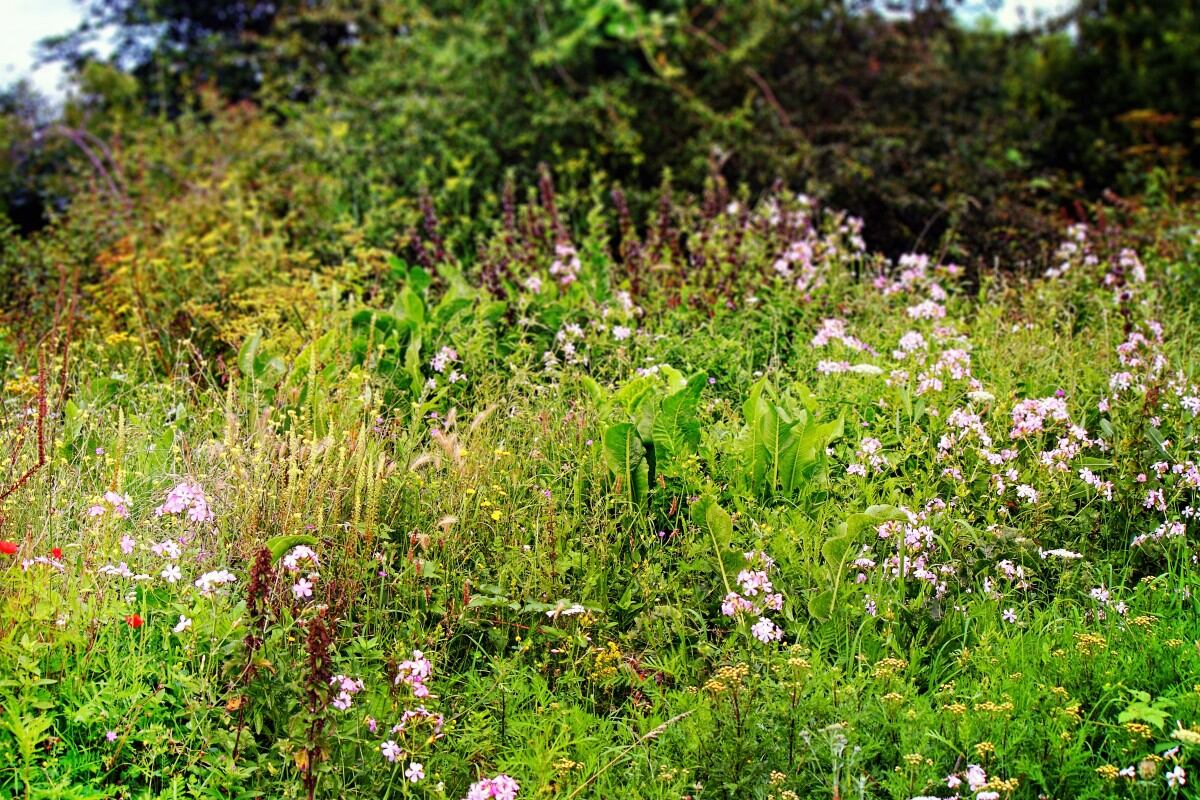
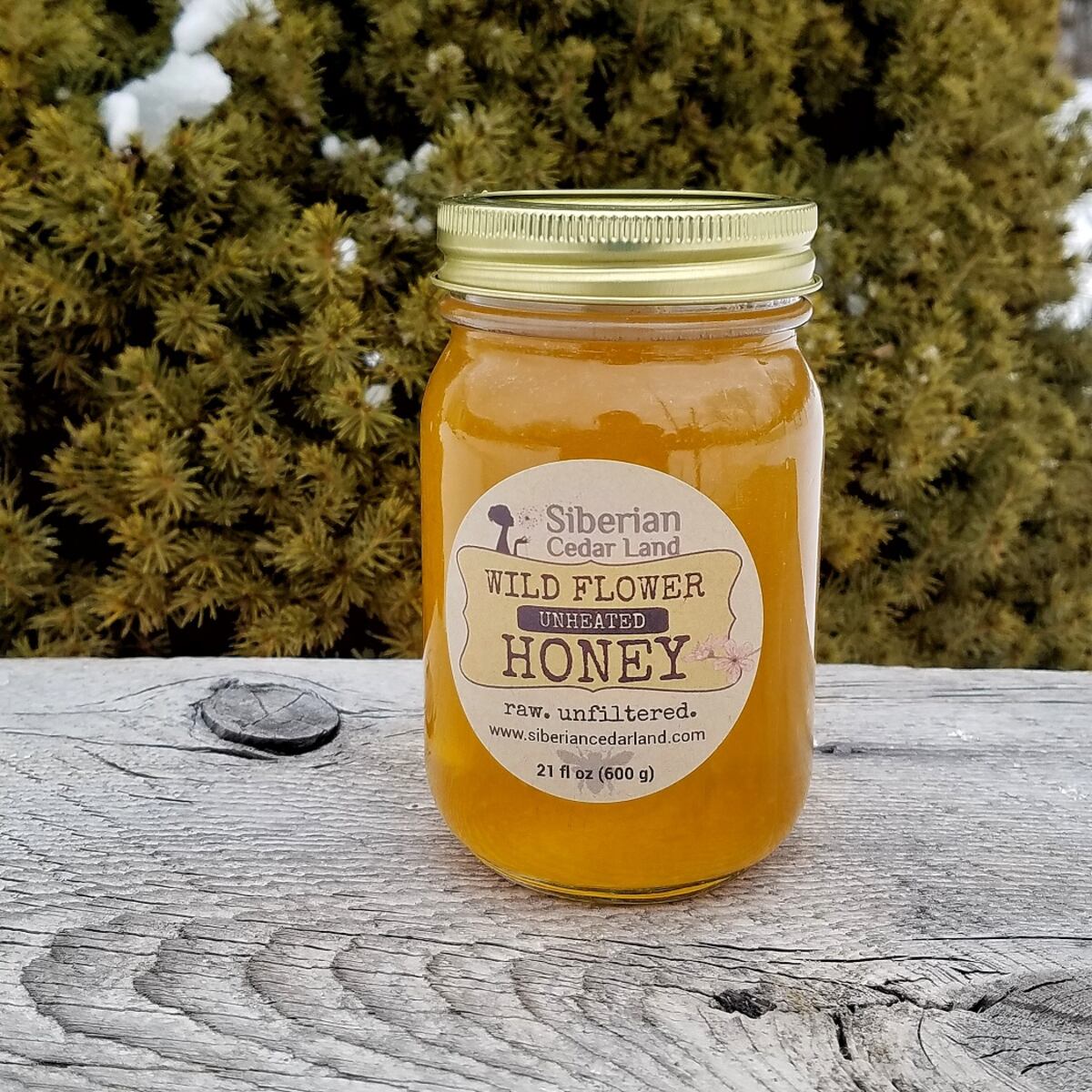
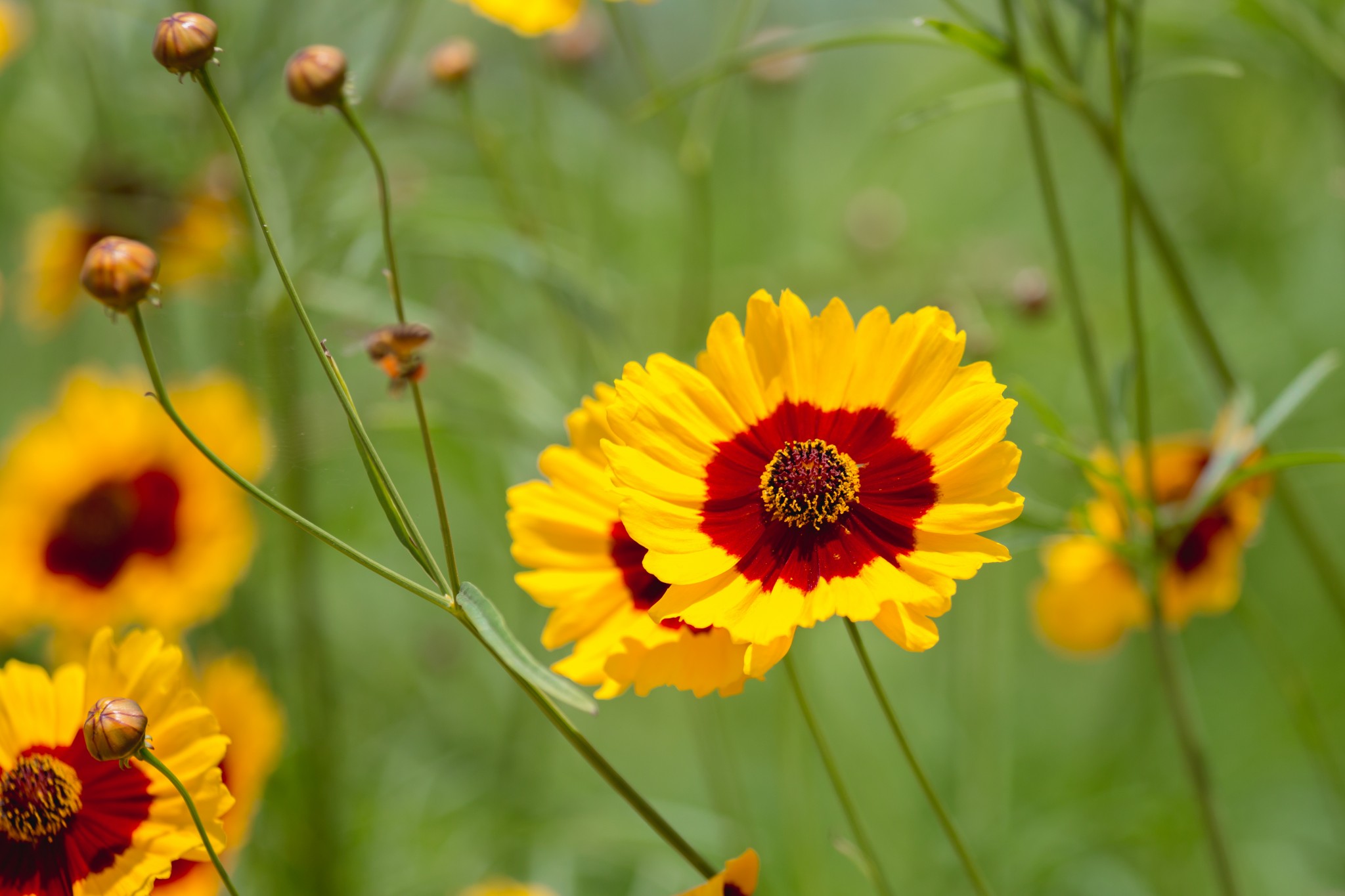
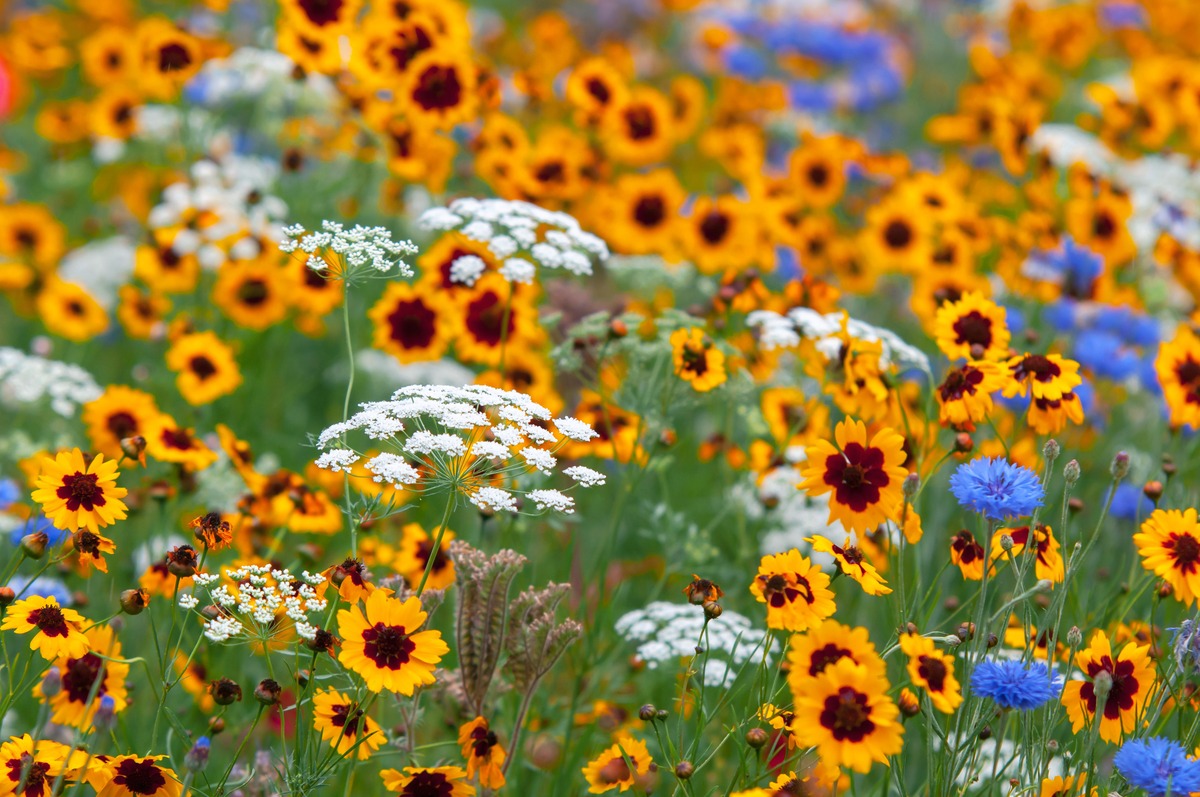
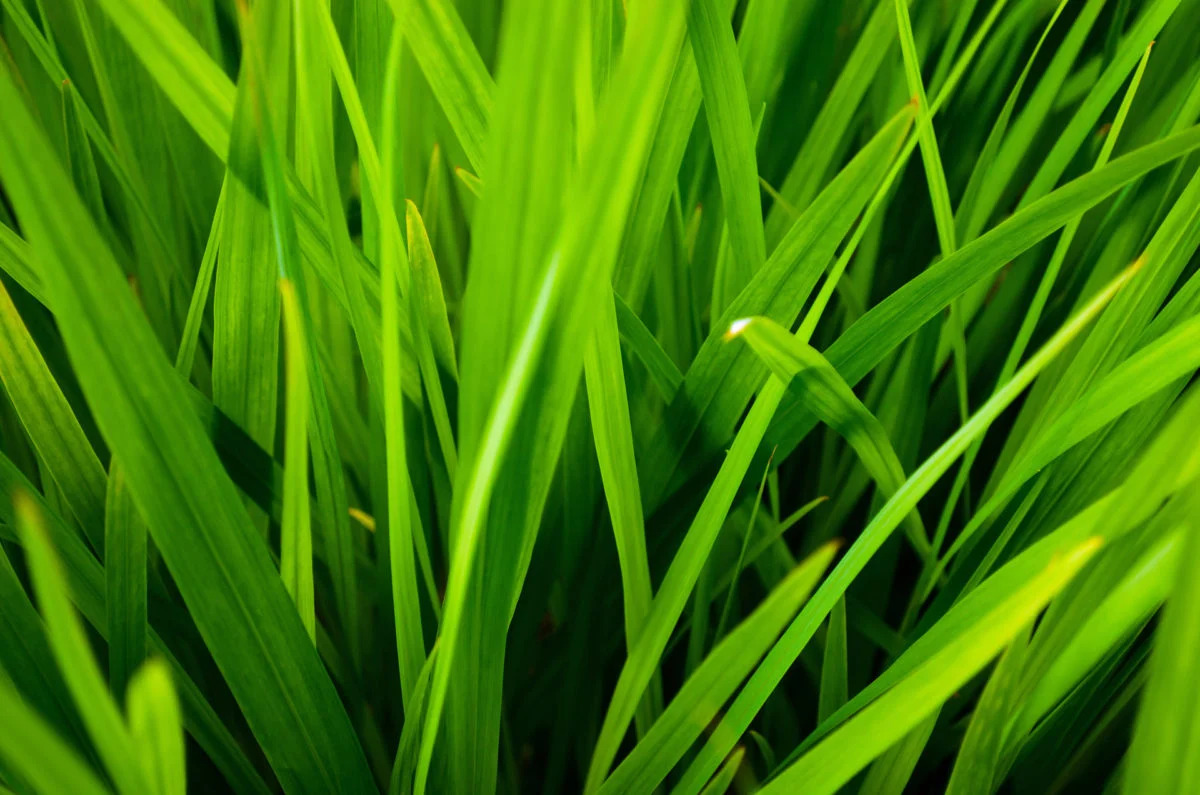
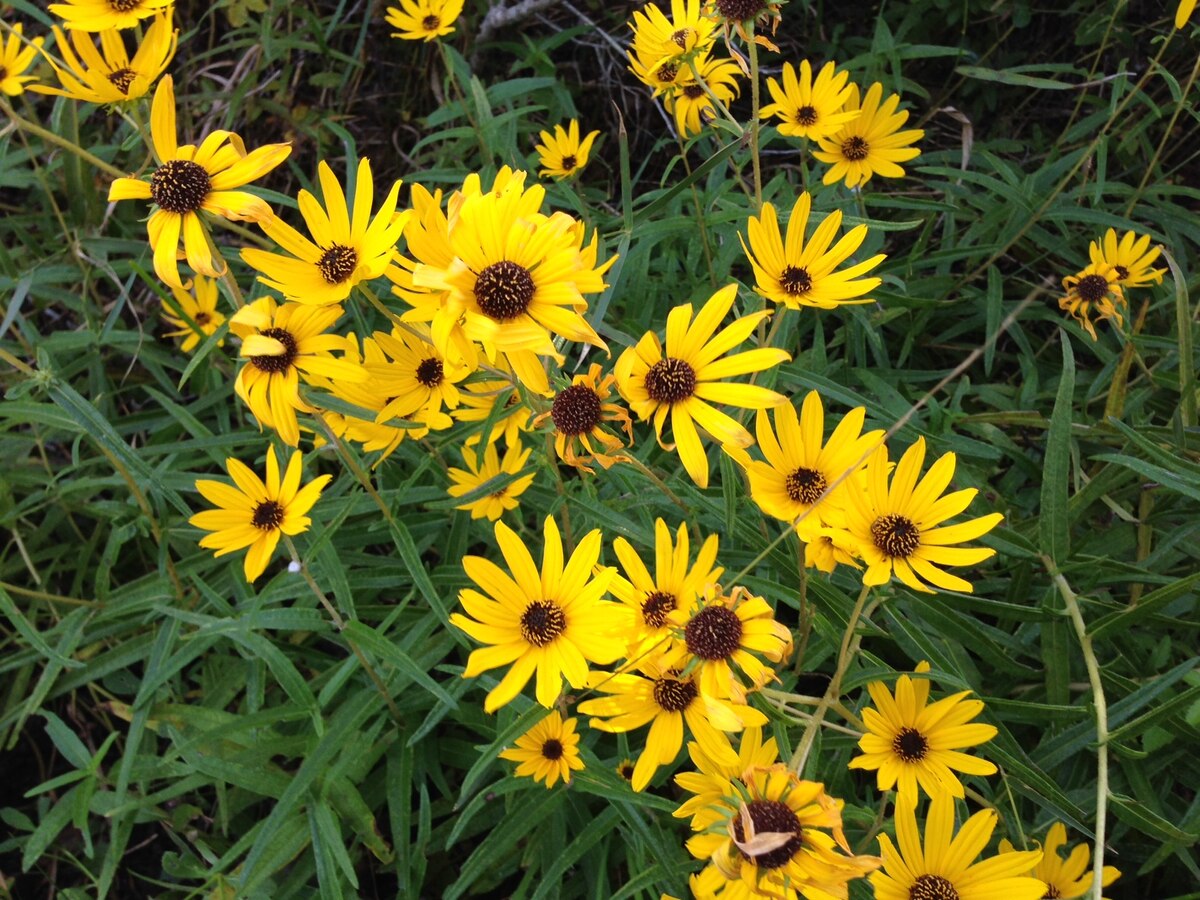
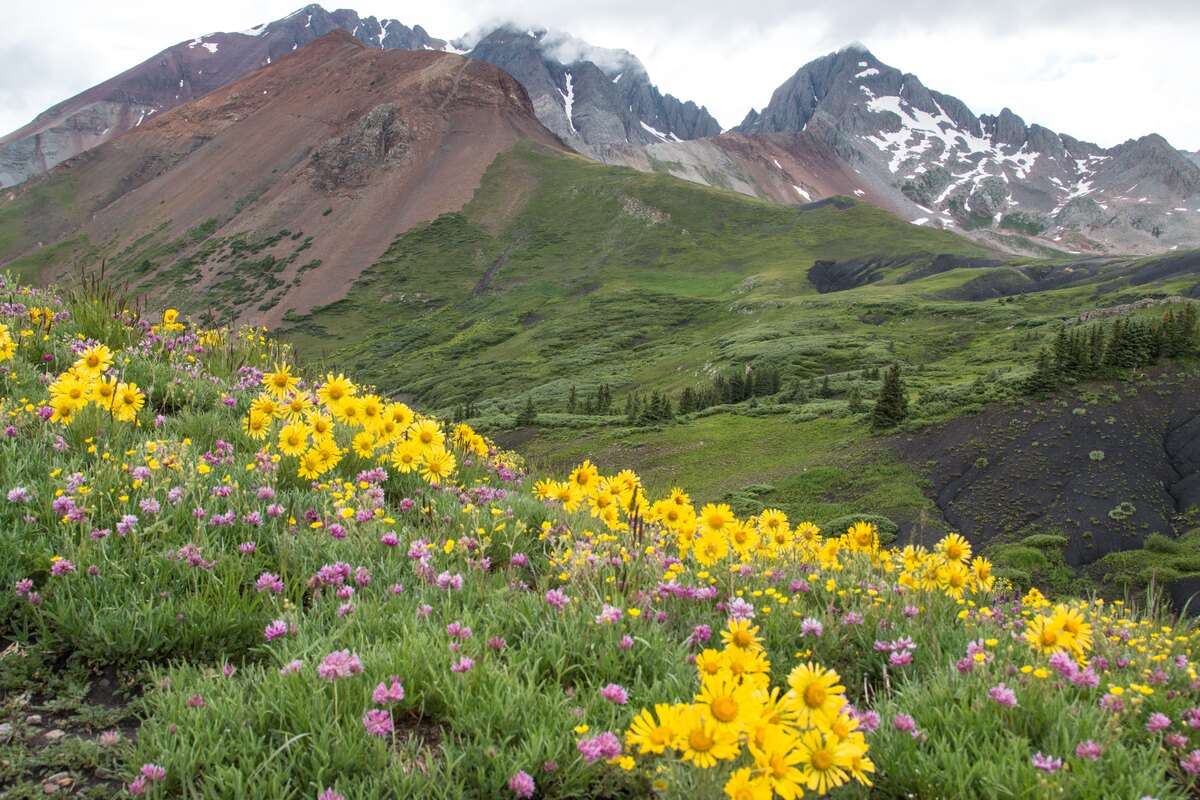
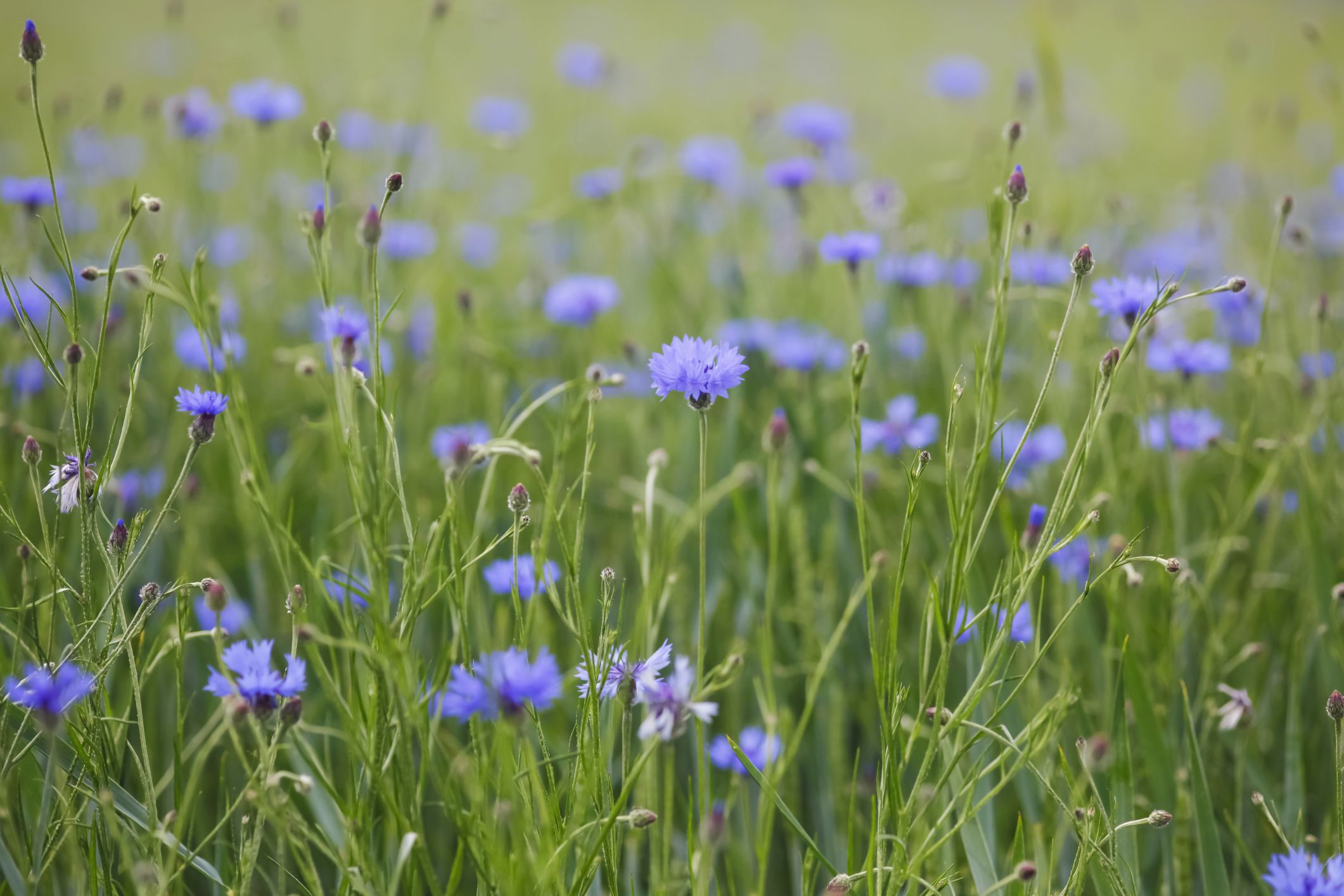
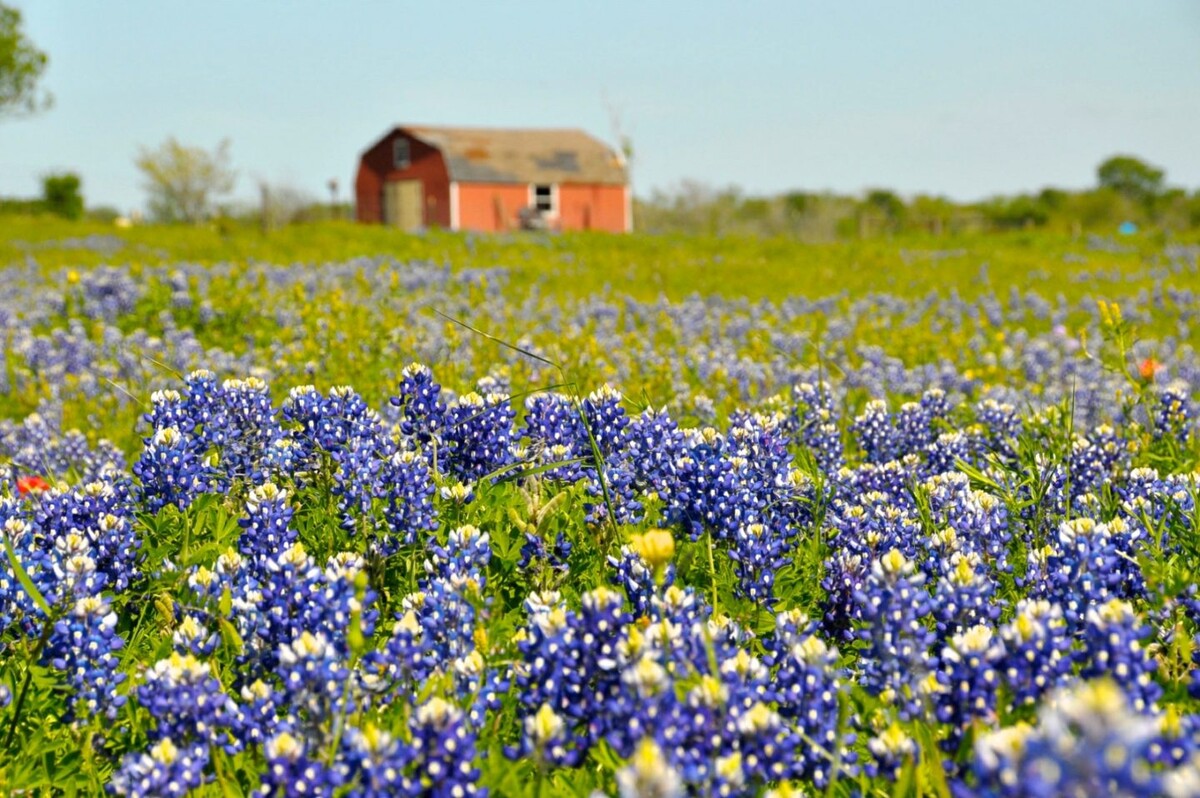
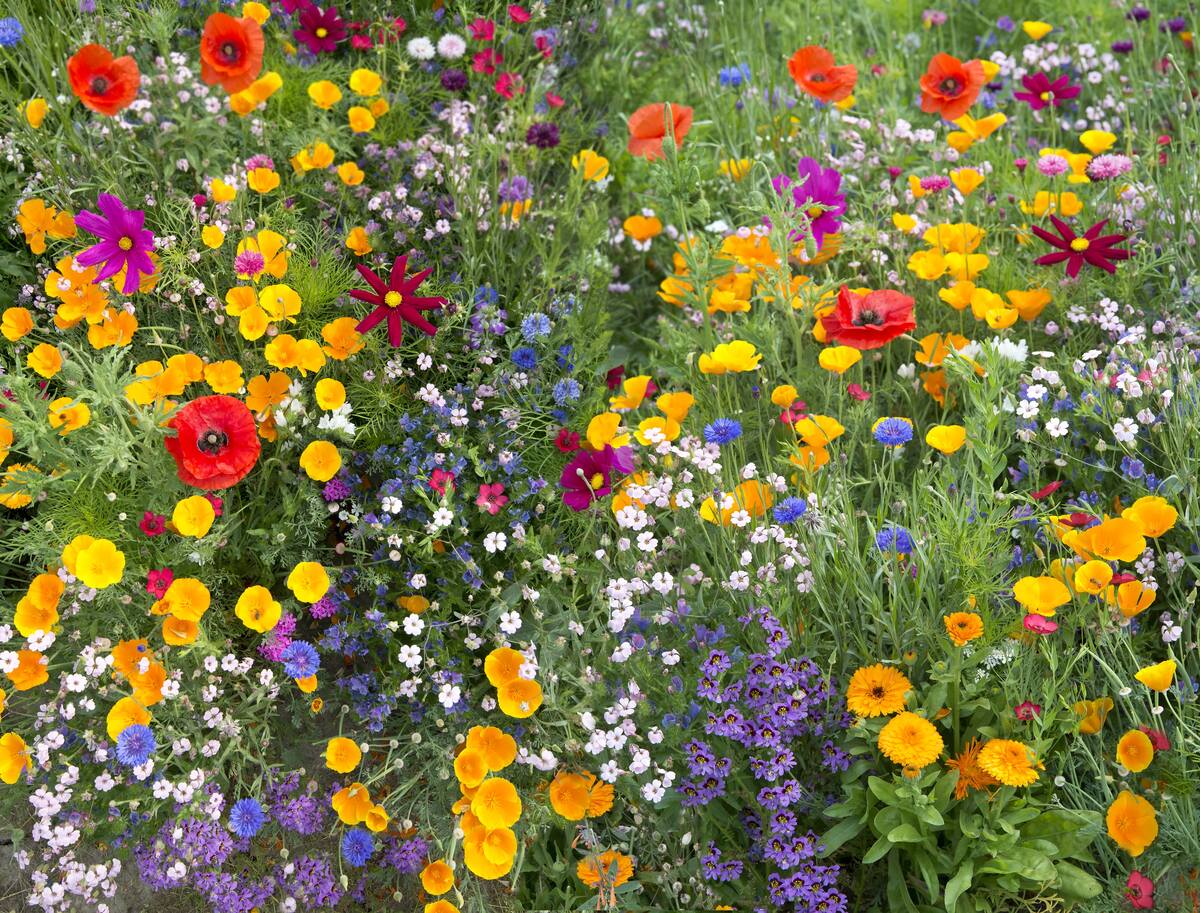
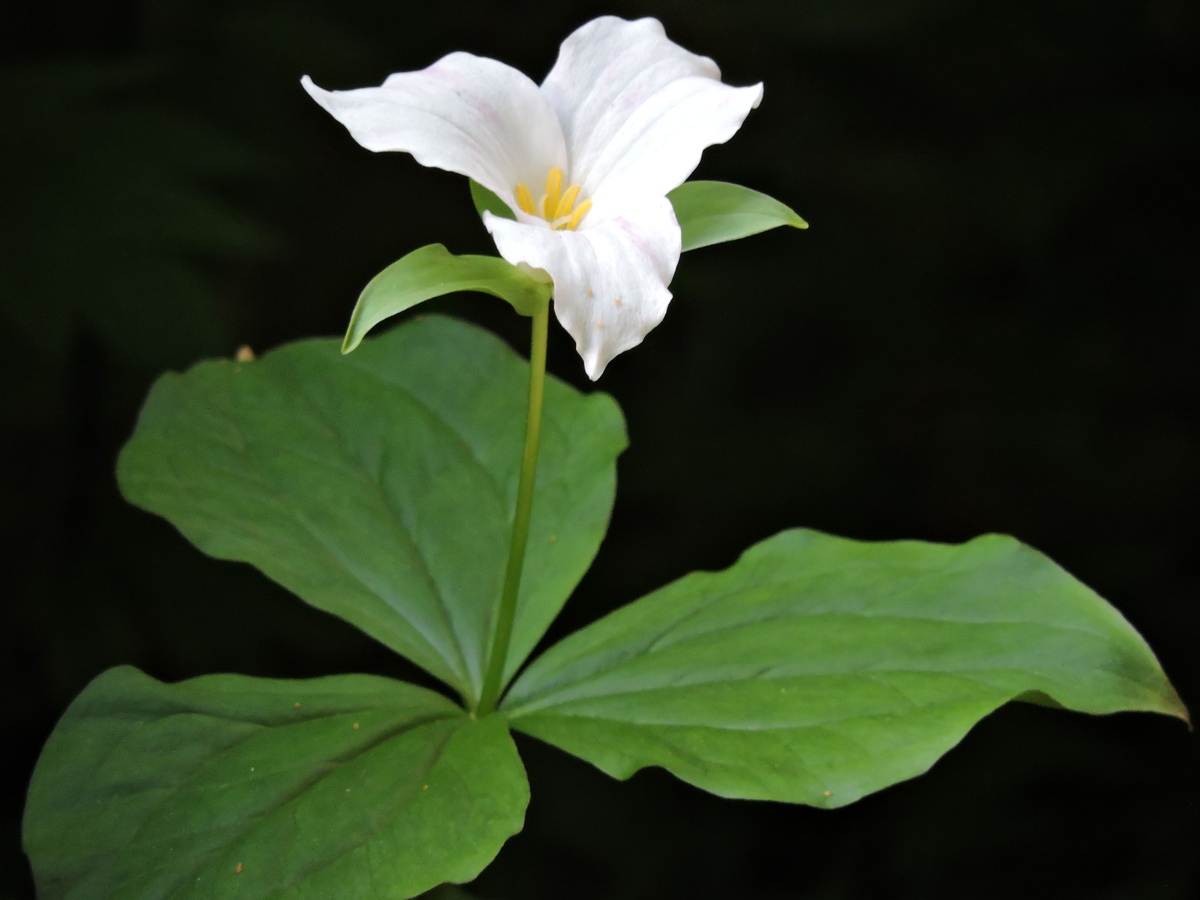

0 thoughts on “What Is The White Wildflower In Texas”